How to Choose the Right Leader Material
Choose the right leader material and worry less about breaking off on large or toothy predators.
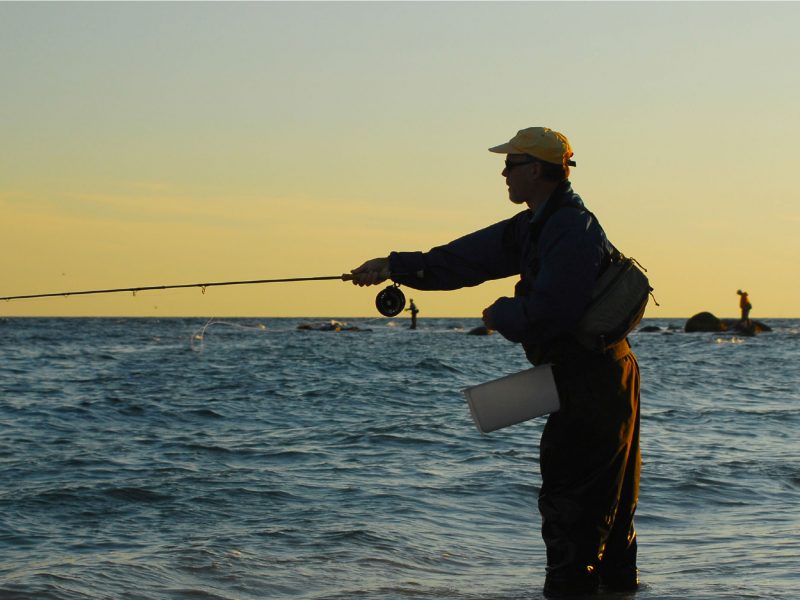
Many of the freshwater and inshore gamefish we seek with fly and light spinning gear posses striking dentition. Their ability to cut, slice, tear or otherwise immobilize large prey is impressive. Those same teeth can wreak similar havoc on fishing tackle, trashing plugs, mincing soft plastics, shredding bucktails, and slicing and dicing line. But, learn to choose the right leader material, and alleviate the worry that comes when fighting large, toothy predators.
(Note: On The Water is reader-supported. When you buy through links on our site, we may earn an affiliate commission.)
Here in the Northeast, bluefish, Spanish mackerel and inshore sharks like sandbar (brown) and sand tiger sharks have saltwater anglers watching their fingers after unhooking, while chain pickerel and northern pike gnash their way through insufficient leader material in freshwater.
Heavy monofilament, single-strand wire and easy-to-work-with tie-able wire are three options, that, used under the right circumstances, can decrease bite-offs without decreasing bites. There are pros and cons related to cost, rigging difficulty, durability and stealth associated with each material, and it’s important to understand that no material is indestructible – eventually any leader will need to be retied or replaced.
Heavy Monofilament and Fluorocarbon
Many fishermen are surprised to learn that heavy fluorocarbon and monofilament is a common, often preferable choice for preventing bite-offs. If heavy enough – heavy being relative to the species being sought – it will stand up to a few gnarly sets of teeth before retying or replacing is necessary.
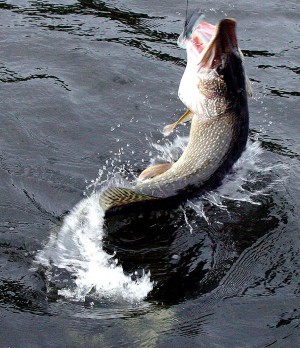
Single-strand nylon monofilament line is familiar to most fishermen as basic fishing line. It also sold in formulas specifically designed for use as leaders with qualities such as extra abrasion resistance and clarity. Flourocarbon line is a single-strand polymer created with fluorine, hydrogen and carbon molecules. It looks similar to mono, but generally has greater abrasion resistance, less stretch, does not absorb water or light, and thus, is much less visible underwater.
Monofilament leader material is inexpensive, costing about $9 for a nearly 600-yard spool of 25-pound-test Berkley Trilene Big Game. A 1-pound spool will cost somewhere in the ballpark of $30. Both monofilament and fluorocarbon are much less visible to fish than wire, making them a great choice when stealth is a factor.
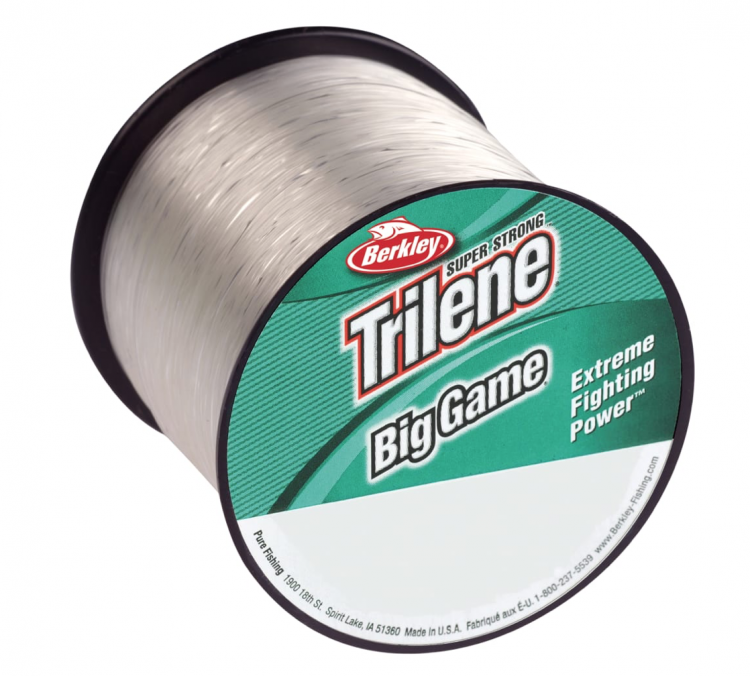
Fluorocarbon, which is less visible than monofilament underwater, is pricier than monofilament. A 25-yard spool of 50-pound-test Original Seaguar Fluorocarbon costs around $25. In some instances, fluorocarbon’s advantages over monofilament don’t warrant the high cost. However, in shallow or clear water situations, or with sharp-eyed species like bonito, tuna and trout, fluorocarbon will absolutely lead to more bites.
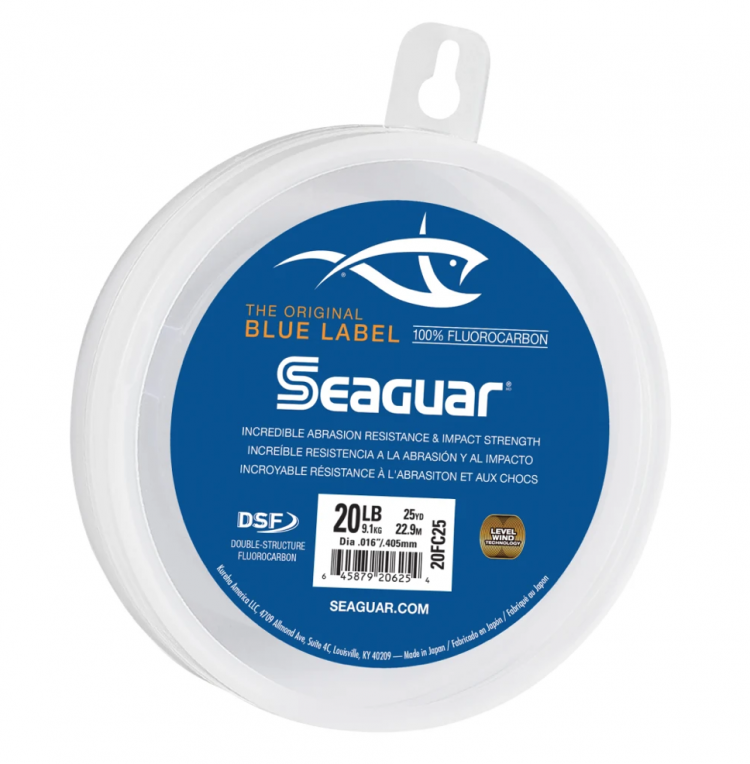
The key to successfully using monofilament or fluorocarbon leaders to prevent against bite-offs lies in selecting the right size for your fishing. For example, when pursuing 3- to 5-pound pickerel, a shock leader constructed with 20-pound-test Ande monofilament will interface nicely with 6- to 10-pound-test spinning gear or lightweight fly tackle and will be adequate to subdue a few fish before re-rigging is in order. But that same length of 20-pound-test likely won’t stand up to a big northern pike or bluefish. For bigger, nastier game fish, choose tougher 50-, 60-, or even 80-pound monofilament to withstand the larger teeth and more powerful jaws. Regular inspection and diligently retying or replacing your leader is a must.
Monofilament and fluorocarbon are very easy to work with. They can be easily cut with nail clippers or snips, and a number of familiar knots, including the figure-8 and improved clinch, are suitable for fly, lure and swivel attachments.
Single-Strand Wire Leader
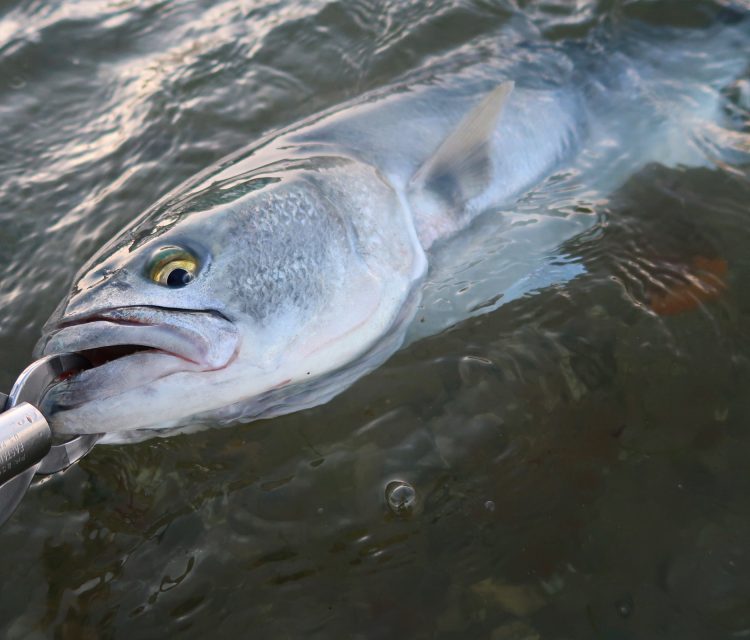
Single-strand wire is a favorite of many experienced anglers. It’s very tough, relatively inexpensive, and it’s a stealthy choice in smaller diameters, particularly the popular “coffee” or “tobacco” colors. This wire is sized on a numeric scale where lower numbers correspond to smaller diameter and strength and higher numbers relate to increasing diameter and strength – for example, number 3 wire has a diameter of .012 inches and tests at about 31 pounds, a number 5 wire is .014 inches and tests at 43 pounds, and a number 7 wire is .018 inches in diameter and about 80-pound test. A number 3 wire is good choice for pike or pickerel, while number 5 or 7 would be a better pick for savage bluefish. The heavy duty number 9 wire is best for sharks.

A drawback of single-strand wire is that it’s more difficult to work with, but with experience and practice you’ ll quickly become comfortable with it. Though this wire is unlikely to sever or break, it is prone to irrecoverable mangling and is nearly impossible to straighten out after it’s been twisted by a thrashing fish. On the plus side, regular leader replacement is painless on the wallet, as 1⁄4-pound coils of Malin Stainless Steel Wire Leader run about $15 for a 650-foot coil of number 3 wire to $12 for a 290-foot coil of number 7. This wire must be cut with a quality pair of wire cutters and all connections (to fly, lure or swivel) are made with a haywire twist, which requires a bit of practice to master.
Braided Wire Leader

“Knot-able” braided wire is today’s luxury leader material. Though more expensive than single-strand and much more expensive than mono, it’s very tough… yet easy to work with. Fly fishermen use leader like RIO Toothy Critters leader, which is pre-tied and tapered with a wire shock bite to minimize time spent re-rigging. Surfcasters targeting toothy bluefish can also benefit from tie-able wire leader like American Fishing Wire Surflon Micro Supreme, which is composed of 49 strands of stainless steel so it can be easily knotted to flies, lures and swivels with the same connections used with monofilament. In addition to the figure-8 knot, tie-able wire can be rigged using the improved clinch knot, Albright knot and loop knots.
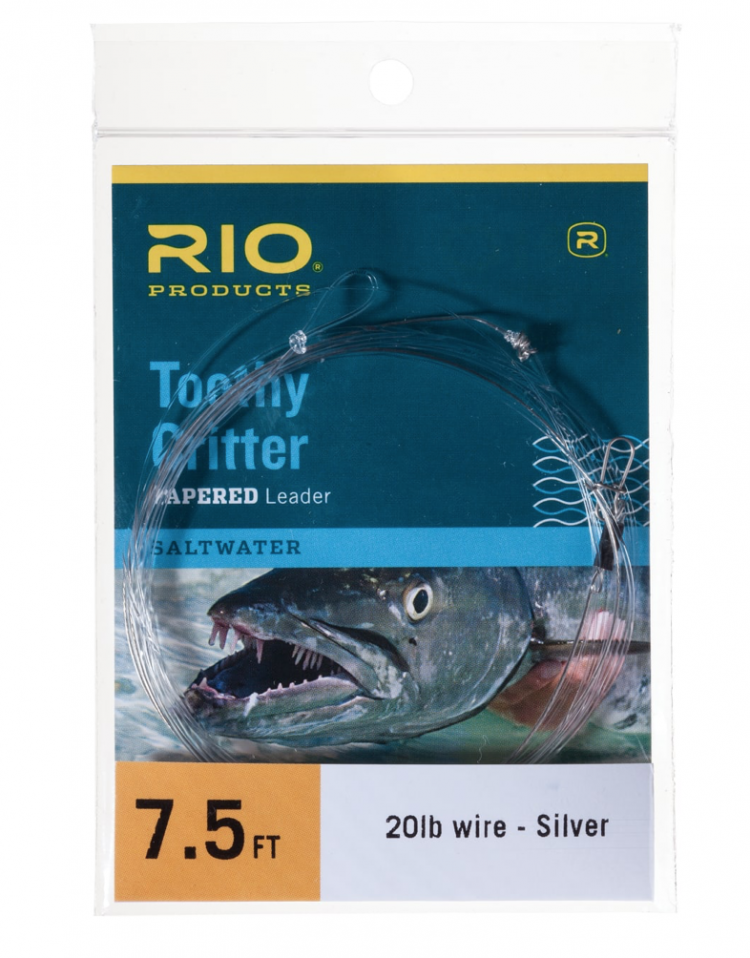
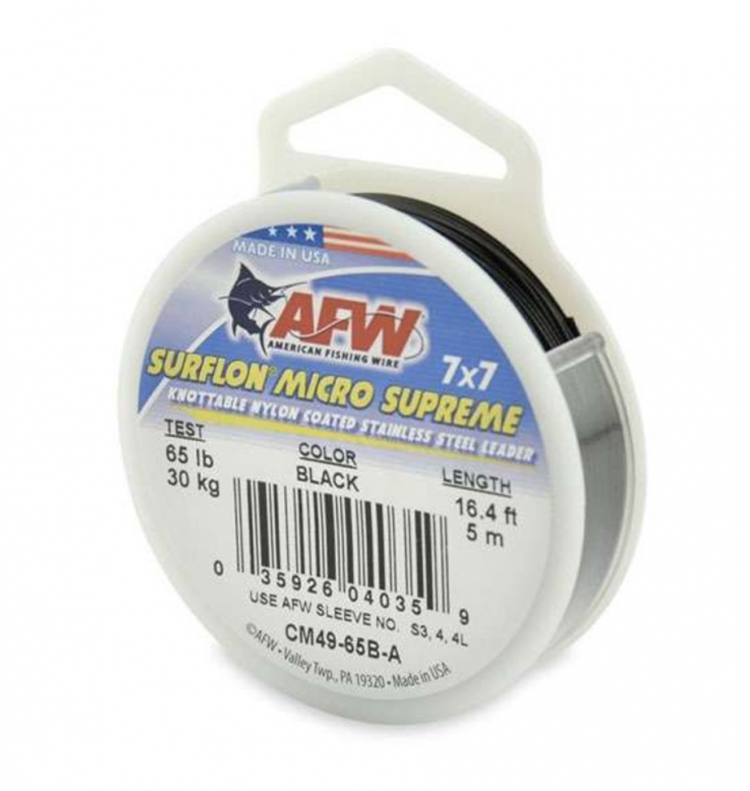
As with other wires, it must be cut with a quality pair of wire snips. Braided wire withstands kinking and bending much better than single strand, and is tougher and longer-lasting than monofilaments. But it, too, must eventually be retied or replaced.
So what are the drawbacks with this miracle material? Stealth, for one. Unlike mono or fine single-strand, braided wire is more visible to the fish. But in most situations requiring tough leaders for toothy fish, stealth is really not an issue anyway – fishing a mad bluefish blitz, for example. Then there’s cost. Braided knot-able wire tends to be more expensive than mono and single strand. It’s available in 2-, 10-, 15-, 30- and 50-pound-test in standard 10- foot coils at a cost of about $9.50 per coil. If you use wire sparingly, it’s perhaps the best all-around choice for fly and light-spinning shock leaders and bite tippets.
Choose the Right Leader for Spin-Fishing
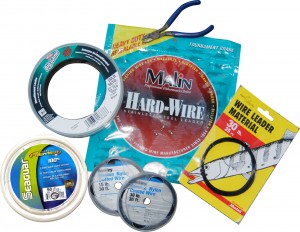
Wire leaders for light-tackle fishing are typically 6 to 18 inches long. Most anglers prefer a snap at the end of their leader to facilitate quick lure changes. However, knotting your lure directly to the end of the leader, makes a “cleaner” connection. At the other end of your leader you’ll want to attach a SPRO Power barrel swivel. Be sure to select swivels that are sized to match the tackle you’re fishing. When going ultralight, a 20-pound micro-swivel is a blanched fit, while a heavy 60-pound-test bluefish leader on stout surf gear would require a 60- or 80-pound-test swivel.
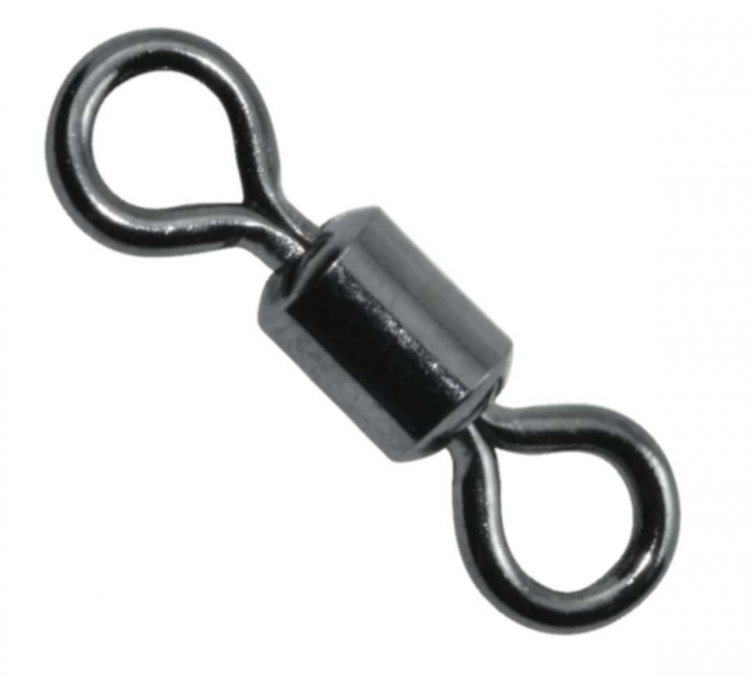
Figure-8 and clinch knots provide a “tight” connection when attaching lures directly with heavy mono or knot-able wire, but a non-slip loop knot ensures greatly enhanced lure movement in the water. The small loop inherent with the haywire twist attachment allows added lure mobility when fishing single-strand wire.
Trimming a twisted or damaged leader or switching out lures can quickly shrink a leader’s length. Therefore, starting with a bite leader on the long side will keep you from having to change out your leader too often, regardless of material. Once the leader has been shortened to about 6 or 7 inches, it’s time to discard it and break out a fresh one.
There are situations where an extra-long wire leader is in order. Light-tackle angling for small- and medium-sized shark, can require a long wind-on nylon-coated braided wire leader like AFW Surflon Micro Supreme to protect against cut-offs that can result from a shark’s abrasive fins and hide. Without a tough 10- to 15-foot length of abrasion-resistant wire, battles with energetic small sharks will be painfully short, ending with frayed and broken lines.
Braided wire is ideal – it resists “memory,” it’s easily attached to your fishing line with an Albright knot, and in light 20- or 30-pound strengths it’s easily wound right onto the reel, much the same as big-gamers employ wind-on leaders with conventional tackle. With a smooth, well-tied Albright knot, knot-able wire is slick and limber enough to sail right through the guides when casting and it’ll come right back through — snag-free — when retrieving line or playing a fish.
Choose the Right Leader for Fly Fishing
Shock tippets for fly fishing (often referred to as “bite tippets”) are inherently short to facilitate fly casting and to comply with accepted fly fishing practice, which permits shock tippets no more than 12 inches in length. I recommend 6- to 8-inch shock tippets for bluefish and pike. In contrast to spin-fishing, all leader attachments are made directly to the eye of the hook to facilitate fly casting, maintain stealth, and allow unencumbered fly movement in the water.
Bite tippet connections are otherwise the same as those used for spin-fishing. When using heavy mono or braided wire, a very small (20- or 30-pound) barrel swivel simplifies bite tippet attachment to your leader. However, when using heavy gauge single-strand wire (#6 or greater), monofilament leaders may be tied directly to the small loop formed at the end of a haywire twist.
A small spool of heavy monofilament or braided wire may be conveniently carried in a pocket, vest, or chest-pack, but single-strand wire coils are large and cumbersome. I prefer to pre-make single-strand wires ahead of time; several 6- or 7-inch wires with a small haywire loop formed in one end of each are conveniently stored in an empty cigar tube. Pre-made single-strand wires are easily carried in this fashion, available for quick deployment when you need them.
Related Content
Article: How to Choose a Braided Line
4 on “How to Choose the Right Leader Material”
-
joe ice fishing for n.pike.i use 50lb test line.looking for 50lb test wire leader and sleeves.
-
Don Pintar Hi i l would like to know where to buy the single strand wire i live in Michigan and I lose lures from pike or walleye
thank you very much -
G Smith TyGer no longer exist. They went belly up over 18 months. They still have a website but they do NOT have product. I learned this the hard way. Took my order, charged my credit card, but never shipped the product and refuse to answer my emails or phone calls for 4 days.
Leave a Reply